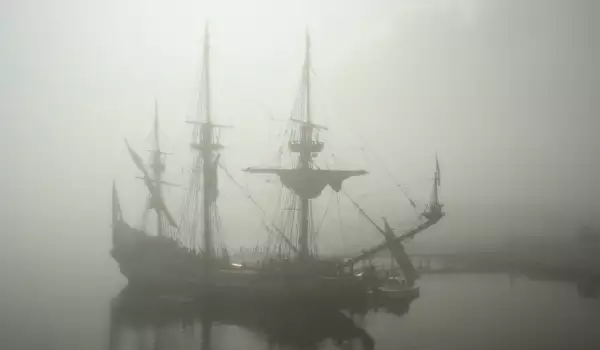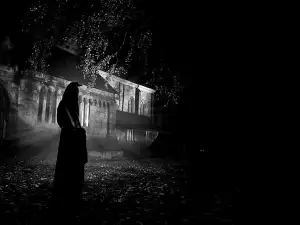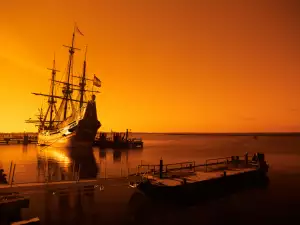The mystery surrounding the fate of the crew aboard the Mary Celeste ship continues to remain unsolved for nearly a century and a half now. The 282-ton brigantine set sail for its final voyage from Staten Island to Genoa, Italy on November 5, 1872.
A month later, the ship was found abandoned, being carried on the ocean waters. To this day it is unclear what happened to the crew and captain of the ship.
The captain of the ghost ship's last voyage was Benjamin Briggs, who had also taken his family on board - his wife and 2-year-old daughter.
A Canadian ship, which left the docks 8 days after the Mary Celeste, following roughly the same route, spotted the brigantine drifting along the waves of the Atlantic Ocean.
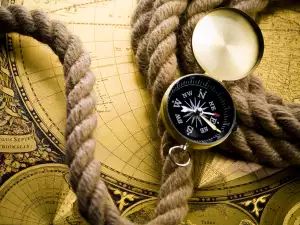
Sailors from the Dei Gratia crew boarded the ghostly ship, which showed no trace of the Mary Celeste's crew or captain. Everything else, including its cargo, lay untouched.
Ship documents, excluding the ship logs, sextant and marine chronometer were missing. The only life boat was also missing, while a thick rope was tied to the ship itself, with its end worn.
Undamaged supplies of food and water for 6 months, personal items and valuables were still present aboard the merchant brigantine. 9 of the barrels of alcohol were empty, while one of the railings had a notch, most likely made by an ax, which was not found on board.
For nearly 150 years, insurers, historians, travelers, heirs of the missing screw and regular people have been searching for the truth surrounding the ghost ship. Several theories may be able to explain the mystery.
Victims of piracy
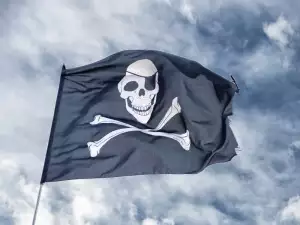
It is possible for the crew of the ship to have become the victim of a pirate raid. Corsairs may have killed the crew and thrown their bodies overboard but why then would the pirates not take the alcohol? Additionally, there are no signs of a battle.
Victims of the Dei Gratia crew
Some theorize that the Dei Gratia crew had killed their comrades from the Mary Celeste and then invented the ghost ship story so they could claim the reward for saving the ship.
Authorities and insurers evidently believed this version because they only paid the crew 1/6th of the alcohol's value, which is suspiciously little for that time. But again, this theory does not account for the absence of any signs of struggle. It also does not explain how the 2nd brigantine could catch up to the 1st, considering the Mary Celeste had an 8 day head start.
Storm
The ship may have found itself in a storm, to have begun taking on water and then its crew to have deserted it, fearing that it would sink. But there were no records of a storm or any bad weather in the region during the incident.

Waterspout
A waterspout is an atmospheric phenomenon which causes the formation of high columns of water for a given moment. These may have caused the ship to fill up with water but then there's no logical explanation for the crew to take their chances on the life boat.
Danger of explosion
Experts postulate that the crew of the vessel may have abandoned it fearing the threat of an explosion of the barrels of alcohol. The entire crew may have gotten in the life boat to wait for the alcoholic vapors to dissipate when a gust of wind could have torn the rope and taken the ship far out of reach.
Giant squid attack
During interrogations of the Dei Gratia sailors, some of them testified that they had seen a lot of water and crustaceans on the deck of the Mary Celeste. According to one of the sailors, there was a discarded captain's hat in the ship's hold, with a piece of a tentacle next to it lying in a pool of dark blood.
The crew of the ghostly ship may have become the victim of a giant squid attack but no matter which theory is true there's no way to find out for sure.
